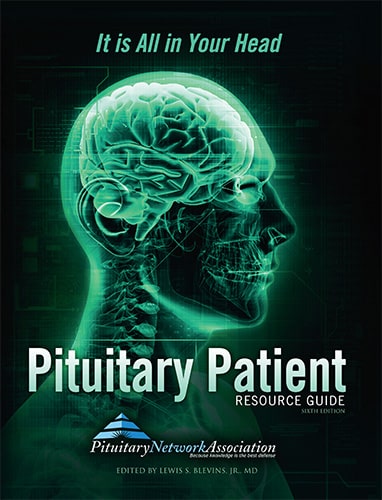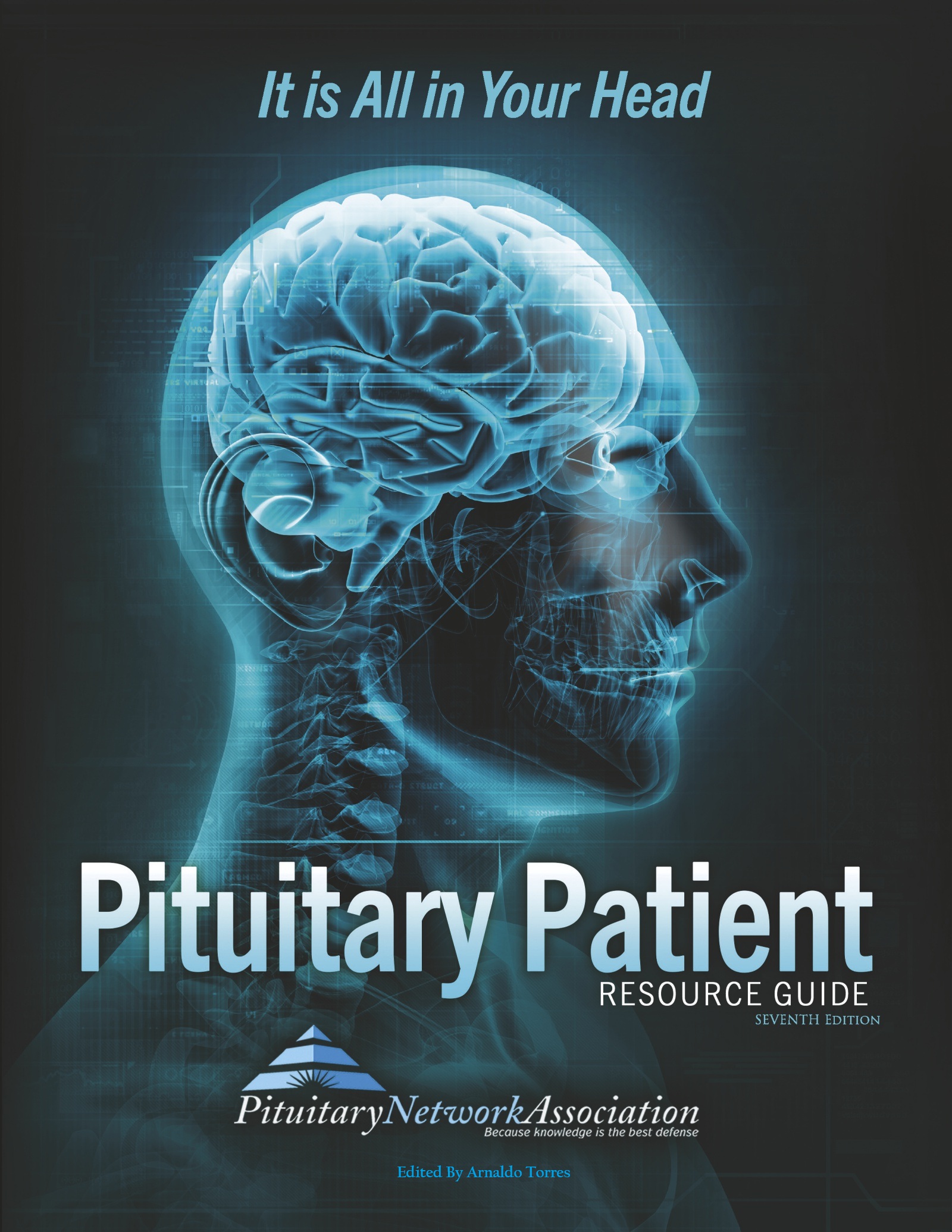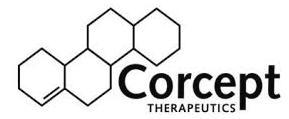News Articles February 2022
Written on 04 February 2022.
CAMP
Cyclic adenosine monophosphate.
The adrenal gland produces a hormone called epinephrine, which travels to the body’s cells and causes an increase in blood sugar. The sugar gives the body energy to react to stressful situations. Cyclic adenosine monophosphate (cAMP), stimulates the breakdown of stored carbohydrate into sugar.
Cancer
General term frequently used to indicate any of various types of malignant neoplasms.
Most cancers invade surrounding tissues, may metastasize to several sites, and are likely to recur after attempted removal and to cause death of the patient unless adequately treated.
Carcinoma
A malignant tumor that arises from epithelium found in skin or, more commonly, the lining of body organs
Carcinomas can be found in the breast, prostate, lung, stomach or bowel. Carcinomas tend to infiltrate into adjacent tissue and spread (metastasize) to distant organs, for example, to bone, liver, lung or the brain.
Carotid Artery
The artieries which carry blood up through the neck, eventually supplying the brain with its major blood supply.
Carotid artery: Either of the two key arteries located in the front of the neck, through which blood from the heart goes to the brain. The right and left common carotid arteries are located on each side of the neck. Together, these arteries provide the principal blood supply to the head and neck. The left common carotid artery arises directly from the aorta. The right common carotid artery arises from the brachiocephalic artery, which, in turn, comes off the aorta. Each of the two divides to form external and internal carotid arteries. Cholesterol plaque on the inner wall of the carotid artery can lead to a stroke. These vessels are also found within the cavernous sinus.
Catheter
A tubular instrument to allow passage of fluid from or into a body cavity.
Tubular device inserted into a duct, blood vessel, hollow organ, or body cavity for injecting or withdrawing fluids. Examples of use; heart or urinary catheterization. Catheterization is also used for diagnostic purposes.
Cavernous Sinus
Area adjacent to the sphenoid sinus containing several vital nerves and blood vessels.
A large channel of venous blood creating a “sinus” cavity bordered by the sphenoid bone and the temporal bone of the skull. The cavernous sinus is an important structure because of its location and its contents which include the third cranial (oculomotor) nerve, the fourth cranial (trochlear) nerve, parts 1 (the ophthalmic nerve) and 2 (the maxillary nerve) of the fifth cranial (trigeminal) nerve, and the sixth cranial (abducens) nerve.
A cavernous sinus thrombosis is a blood clot within the cavernous sinus. This clot causes the cavernous sinus syndrome.
Cell
The basic living unit of body tissue. It contains a nucleus surrounded by cytoplasm and is enclosed by a membrane.
Minute protoplasmic masses that make up organized tissue, consisting of a nucleus which is surrounded by protoplasm which contains the various organelles and is enclosed in the cell or plasma membrane; cells are the fundamental, structural, and functional units of living organisms.
Central Nervous System (CNS)
Pertaining to the brain, cranial nerves and spinal cord. It does not include muscles or peripheral nerves.
The central nervous system (CNS) is made up of the spinal cord and brain. The brain receives nerve impulses from the spinal cord and cranial nerves. The spinal cord contains the nerves that carry messages between the body and the brain. Spinal cord injury occurs when there is damage to the cells within the spinal cord or the nerves of the spinal cord are severed.
Cerebral
Referring to the cerebrum.
Of or relating to the brain or the intellect.
Cerebrospinal Fluid (CSF)
The clear fluid made in the ventricular cavities of the brain that bathes the brain and spinal cord. It circulates through the ventricles and the subarachnoid space.
The fluid that flows in and around the hollow spaces of the brain and spinal cord, and between two of the meninges (the thin layers of tissue that cover and protect the brain and spinal cord). Cerebrospinal fluid is made by tissue called the choroid plexus in the ventricles (hollow spaces) in the brain. Also called CSF. Cerebrospinal fluid analysis involves the removal of a small amount of the fluid that protects the brain and spinal cord. The fluid is tested to detect any bleeding or brain hemorrhage, diagnose infection to the brain and/or spinal cord, identify some cases of multiple sclerosis and other neurological conditions, and measure intracranial pressure.
Available Now!

The Pituitary Patient Resource Guide Sixth Edition is now available! Be one of the first to have the most up-to-date information. The Pituitary Patient Resource Guide a one of a kind publication intended as an invaluable source of information not only for patients but also their families, physicians, and all health care providers. It contains information on symptoms, proper testing, how to get a diagnosis, and the treatment options that are available. It also includes Pituitary Network Association's patient resource listings for expert medical care.

Xeris Pharmaceuticals is valued member of the PNA










